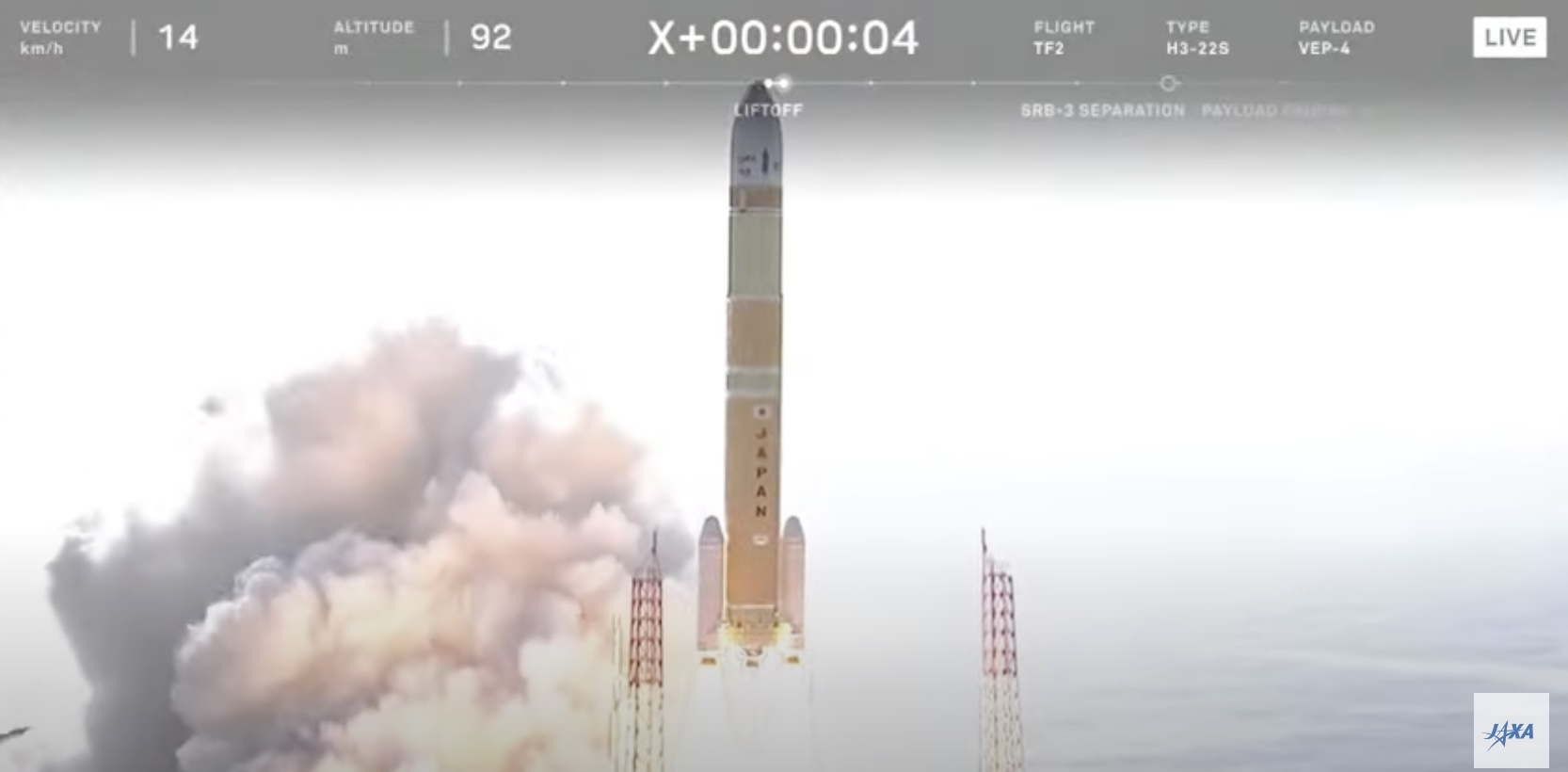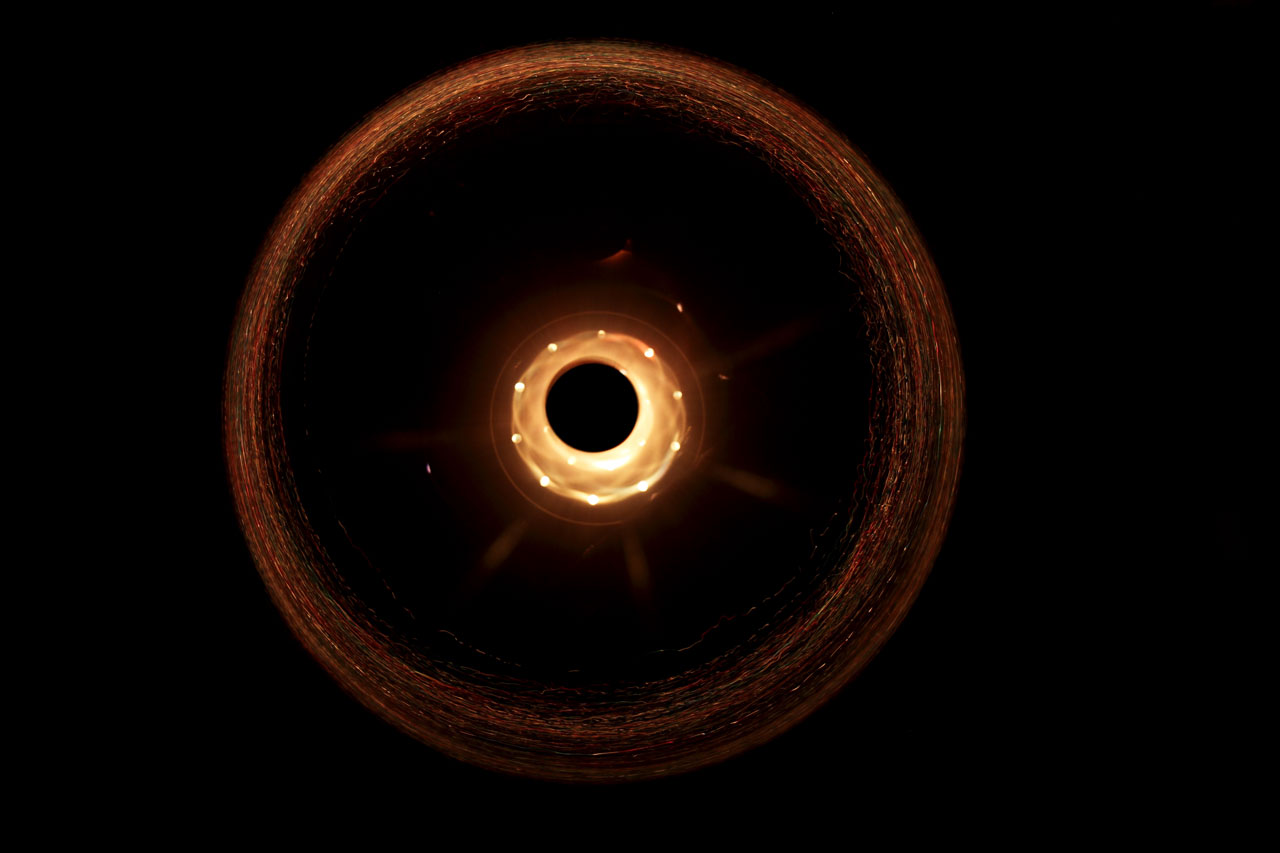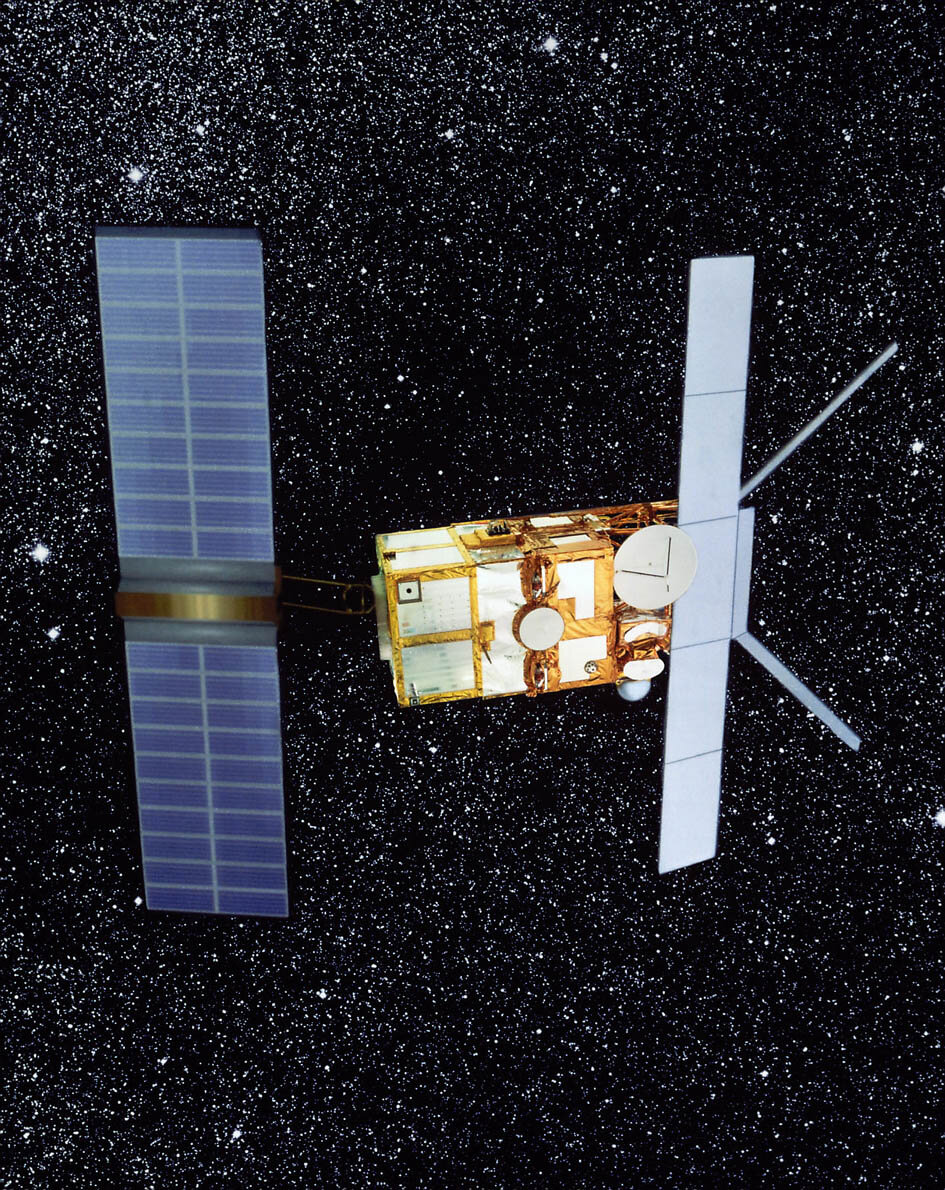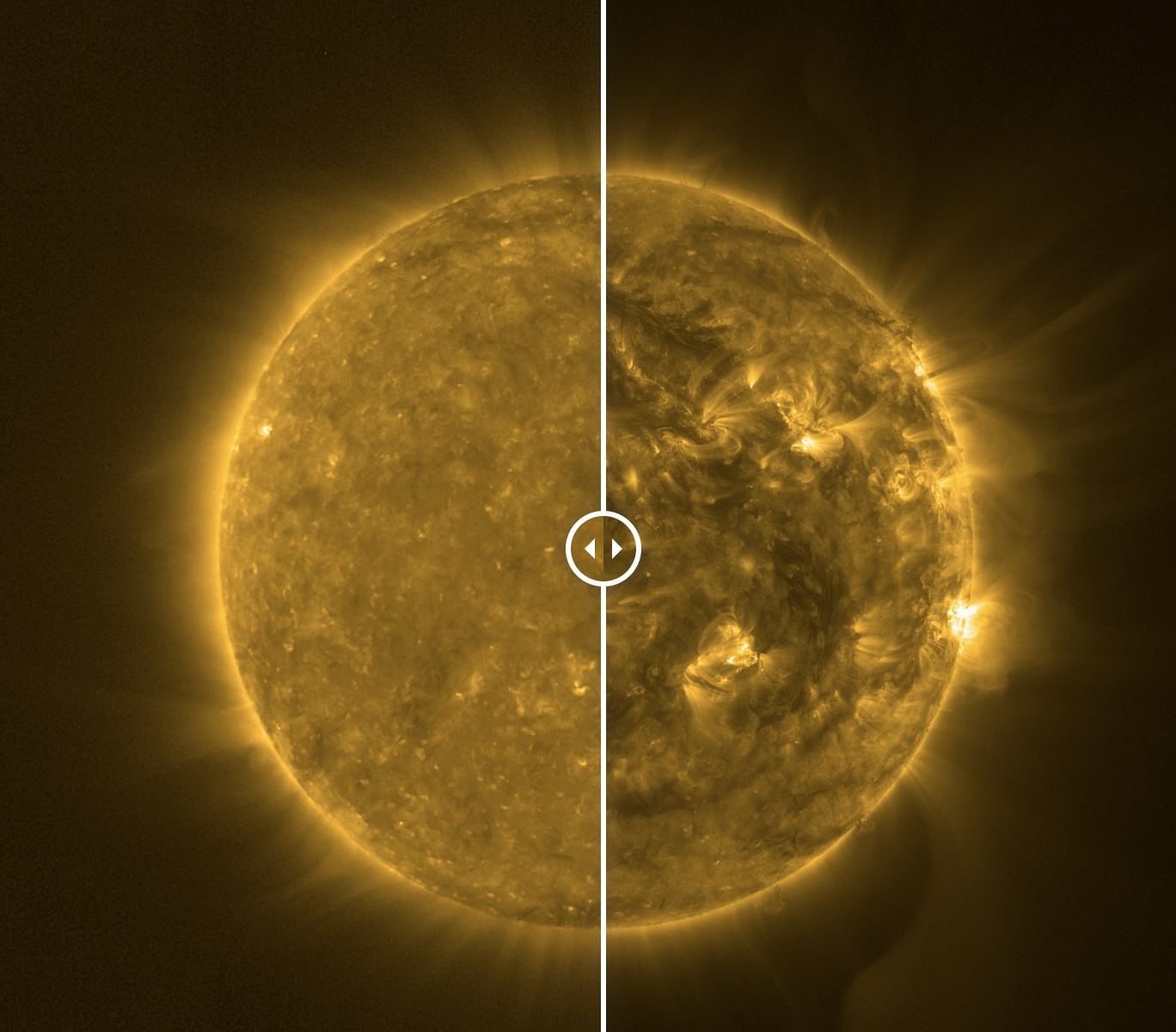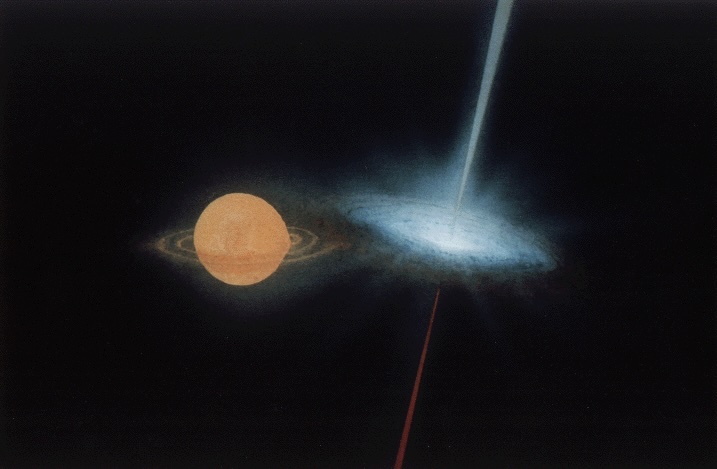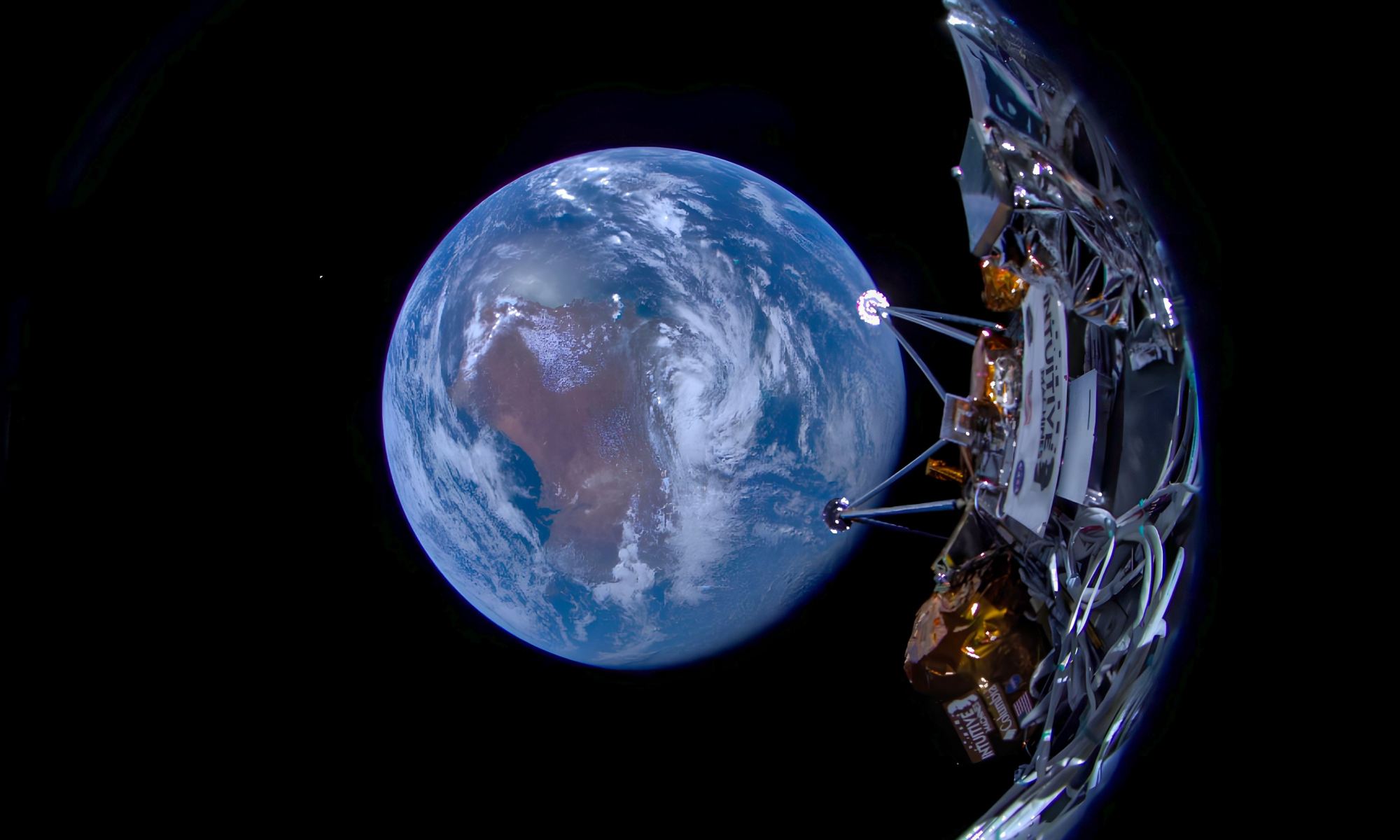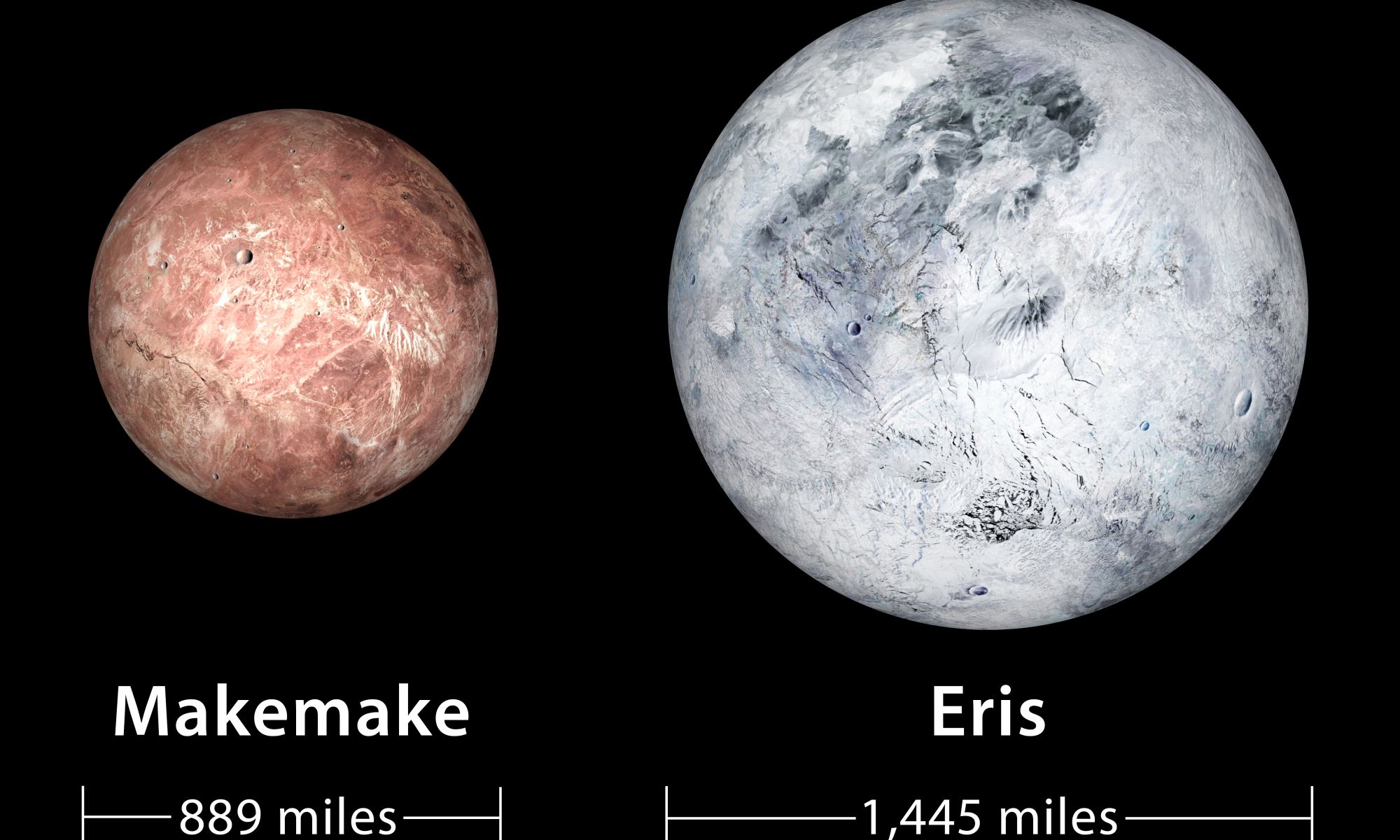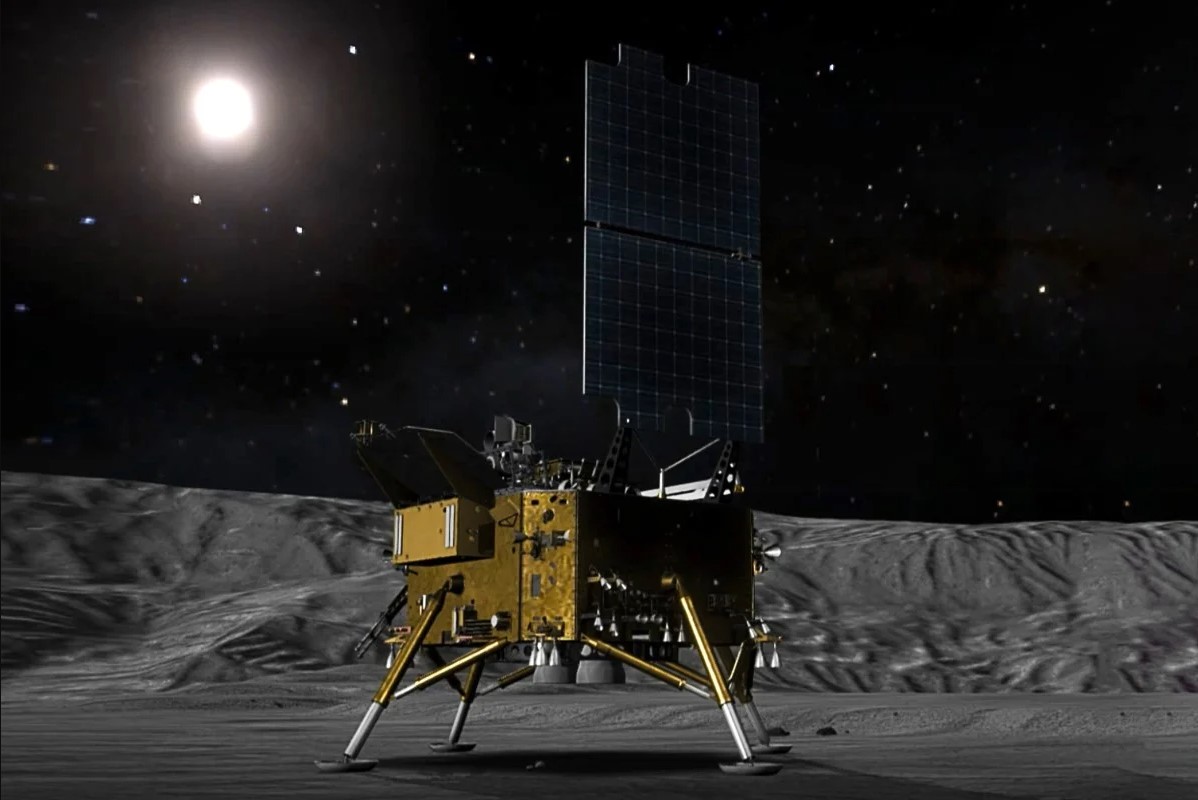Japan successfully tested its new flagship H3 rocket after an earlier version failed last year. The rocket lifted off from the Tanegashima Space Center on Saturday, February 17, reaching an orbital altitude of about 670 kilometers (420 miles). It deployed a set of micro-satellites and a dummy satellite designed to simulate a realistic payload.
With the successful launch of the H3, Japan will begin transitioning away from the previous H-2A rocket which has been in service since 2001 and is set to be retired after two more launches. Several upcoming missions depend on the H3, so this successful test was vital.
Continue reading “Japan's New H3 Rocket Successfully Blasts Off”
